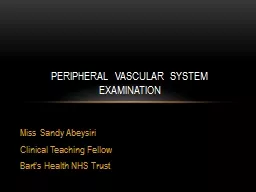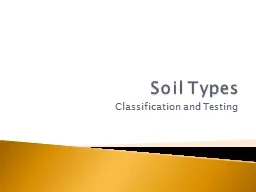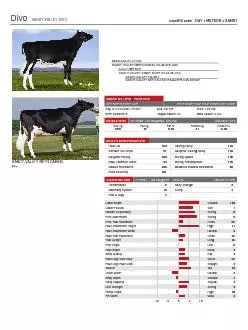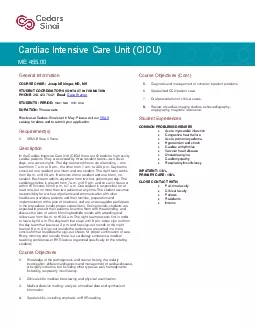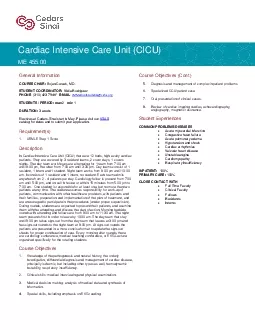PPT-Miss Sandy Abeysiri Clinical Teaching Fellow
Author : jane-oiler | Published Date : 2020-04-03
Barts Health NHS Trust Peripheral Vascular syste m examination Peripheral Vascular disease Arteries Or Veins or Lymphatics not covered this time Progressive and
Presentation Embed Code
Download Presentation
Download Presentation The PPT/PDF document " Miss Sandy Abeysiri Clinical Teaching F..." is the property of its rightful owner. Permission is granted to download and print the materials on this website for personal, non-commercial use only, and to display it on your personal computer provided you do not modify the materials and that you retain all copyright notices contained in the materials. By downloading content from our website, you accept the terms of this agreement.
Miss Sandy Abeysiri Clinical Teaching Fellow: Transcript
Download Rules Of Document
" Miss Sandy Abeysiri Clinical Teaching Fellow"The content belongs to its owner. You may download and print it for personal use, without modification, and keep all copyright notices. By downloading, you agree to these terms.
Related Documents

